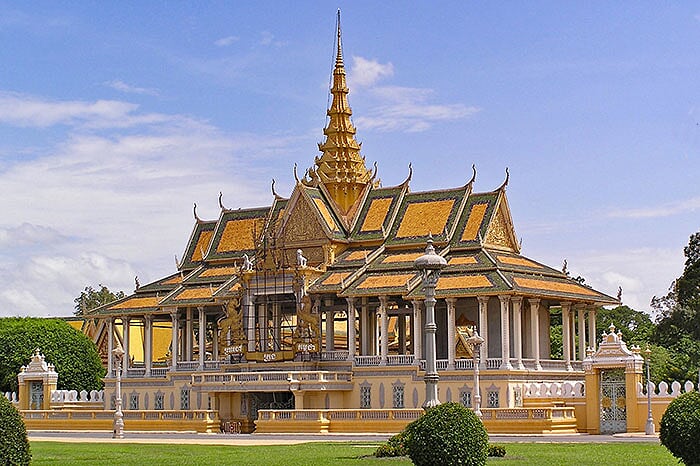
The incredible architectural heritage of Cambodia
- on Jan 17, 2025 By: Ngoc Nguyen
Take advantage of your trip to Cambodia to discover the extraordinary architectural heritage of the kingdom. From the architectural remains of the kingdom of Angkor to the audacious constructions of the Cambodian architect Vann Molyvann, through traditional Khmer and colonial architecture, you will be dazzled by these jewels scattered throughout the country.
The architectural remains of the kingdom of Angkor
Magical and transcendent simultaneously, the architectural remains of the kingdom of Angkor offer a unique concentration of traces of the past, testifying to an exceptional civilization. Several hundred temples scattered throughout Cambodia bear witness to the wealth, refinement and architectural power of this civilization.
There is of course the exceptional archaeological site of Angkor which contains the largest religious monument in the world, Angkor Wat. Still, there are other architectural treasures to discover such as the fabulous Preah Vihear temple, the "temple of the sacred mountain" considered a true architectural and cultural jewel of great beauty, remarkably well preserved and listed as a UNESCO World Heritage Site.
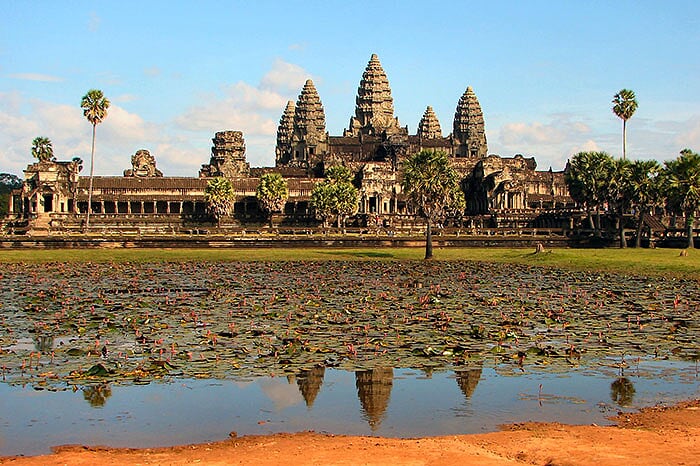
Traditional Khmer architecture
Focused on the dazzling architecture of the temples of Angkor, the traveler too often forgets to discover today's rural buildings, certainly less impressive but still have very striking architectural features.
The charming Khmer countryside is home to many small villages and hamlets with wooden dwellings on stilts, some of which have hardly changed in structure for hundreds of years.
The traditional Khmer house of the Phteah Peth model is certainly the most beautiful, adopted by families of average wealth, which is characterized by its complex roof, with four slopes two by two symmetrical.
To realize the richness of the traditional Khmer architectural heritage, we invite you to stay in Siem Reap at Sala Lodges, a "dream village" which participates in the preservation of an architectural heritage threatened with extinction by restoring and reserving its former glory to eleven traditional Khmer wooden houses.
The ethnic minorities of Ranatakiri and Mondolkiri are distinguished by singular habitats, like the Bunong ethnic group and their houses built like straw huts. Those who live on the Tonle Sap have built floating villages or wooden houses on very high stilts to withstand the floods of the largest lake in Southeast Asia.
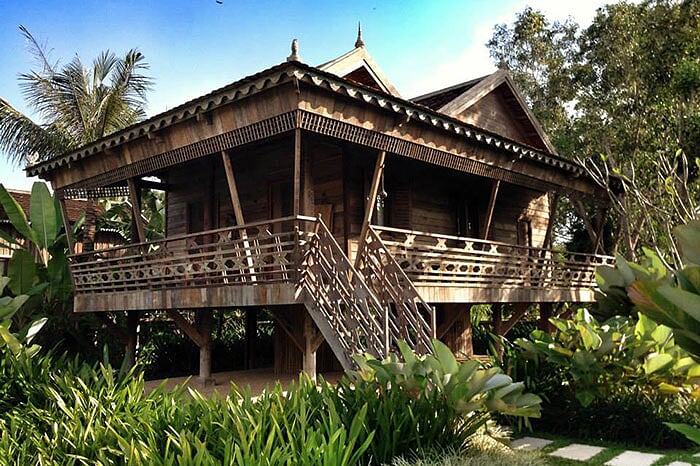
Colonial architectural heritage
Phnom Penh, the capital of Cambodia, once called the "pearl of the Far East", is home to a magnificent colonial architectural heritage.
You can stroll through the city center to admire here and there old colonial buildings that are dilapidated or superbly renovated. Some emblematic buildings of the city are worth a look, such as the neoclassical central post office, the Phnom Penh train station originally built in an Art Deco style in 1932, the Art Deco central market and its colossal central dome, the UNESCO building in baroque style or the Royal Hotel opened in 1929, which is the most emblematic colonial building in Phnom Penh with its imposing facade, its elegant interior and its aura of opulence.
Many provincial cities in Cambodia have a beautiful colonial architectural heritage, such as Battambang, Kratie, Kampong Cham or Kampot. In addition to having beautiful colonial remains, these quiet cities exude a crazy charm and are truly to be included in your tour of Cambodia.
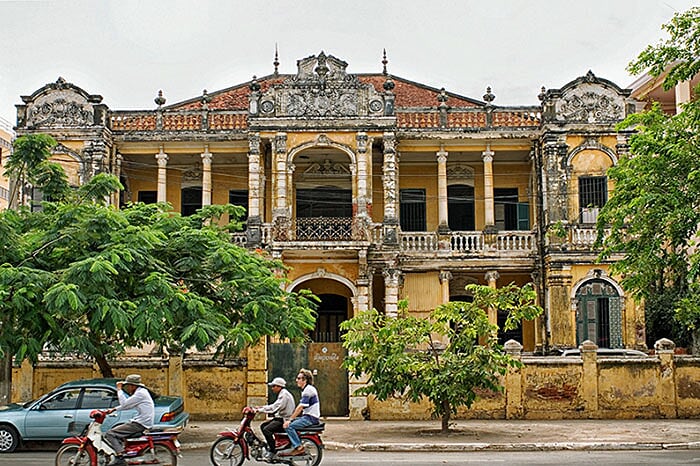
Vann Molyvann, the giant of contemporary Cambodian architecture
Vann Molyvann is certainly the most famous contemporary architect in Cambodia. A former student of the Beaux-Arts de Paris, and a disciple of Le Corbusier, Vann Molyvann was appointed in 1956 as the chief architect of the State and in charge of the direction of public works of the Kingdom, he left his mark and in a notable way on the face of Phnom Penh after independence (1953-1970).
Eager to reconcile tradition and modernity, Vann Molyvann would contribute to transforming the former French protectorate into one of the most astonishing Asian countries economically where architecture and the arts contribute to economic development. During this period of peace and a certain economic prosperity, he would multiply the achievements which would characterize the Sangkum period, considered a golden age for Cambodia.
Vann Molyvann built several landmark buildings including the Chaktomuk Theatre, the Council of Ministers headquarters and the Independence Monument. He oversaw the development of new cities such as Sihanoukville and established the urban development plan for Phnom Penh.
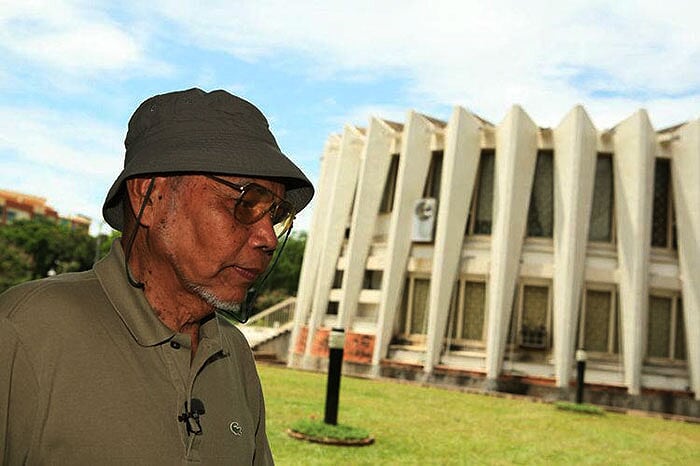
In 1962, Molyvann built the Olympic Stadium in Phnom Penh. In 1966, he was in charge of building the airport reception pavilion for the visit of General de Gaulle as well as the house built especially to accommodate him. The Olympic Stadium, which he designed, hosted the Phnom Penh speech delivered on 1 September 1966. This architectural giant passed away in Siem Reap on 28 September 2017.
Related articles:
>> Visit Phnom Penh: Top 10 essential things to see and do
 Español
Español Français
Français







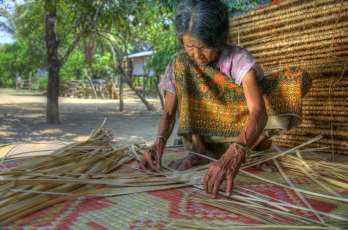
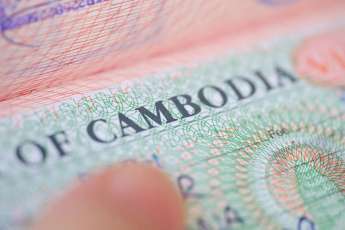
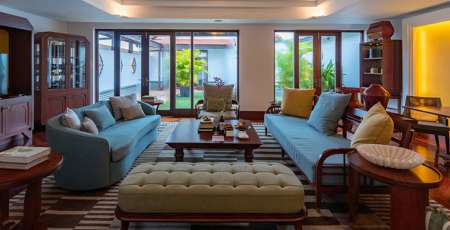
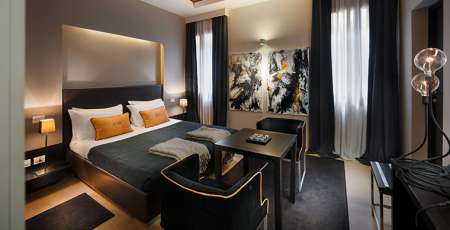









Morgane Ter Cock
on Dec 18, 2025HerbertPhomaMS
on Oct 19, 2025Lilyan Cuttler
on Oct 15, 2025Avenue17XC
on Sep 14, 2025Avenue18JL
on Jul 21, 2025